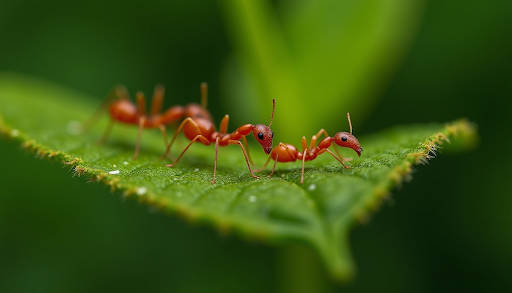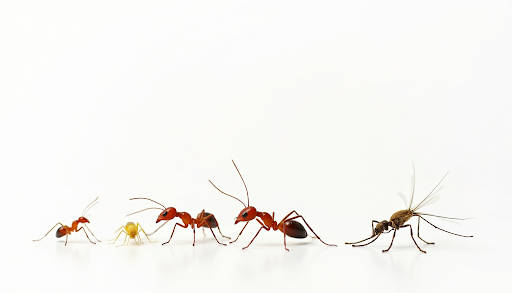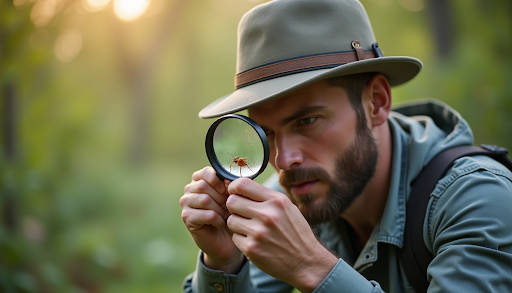Texas Beeline: Protecting San Antonio Homes Together from Unwanted Invasive Pests

If you live in San Antonio, Texas, you know pests aren’t just a backyard nuisance—they’re uninvited houseguests. And lately, we’ve been seeing more emerging pests that spread faster, bite harder, and cost more in damage.
So, how do you know if you’re dealing with a normal bug problem or an invasive pest that needs professional help? Let’s break it down.
What Makes a Pest “Invasive”?
Not every creepy-crawly is a threat. But some pests? They’re like the bullies of the bug world.
Here’s how you know they’re invasive:
- They’re not native to Texas.
- They multiply fast and take over quickly.
- They damage your home, lawn, or even your health.
Common invasive pests in San Antonio:

- Red Imported Fire Ants – painful stings and lawn destruction.
- Termites – silent wood eaters that rack up big repair bills.
- Emerald Ash Borer – a tree-killing beetle spreading across Texas.
- Crazy Ants – known for short-circuiting electronics.
- Mosquitoes – not just annoying, they carry West Nile and Zika.
Myth Buster: Some say “pests are just part of Texas life.” The truth is invasive pests are far more damaging than the usual house bugs.
How Do the Pros At Texas Beeline Spot Invasive Pests?

Think you’ve got something lurking in your walls, yard, or attic? When it comes to San Antonio pest control, experts at Texas Beeline look for:
- Visible signs – droppings, chewed wood, dirt trails, or damaged insulation.
- Behavior clues – late-night activity, insect swarms, or nests in hidden spaces.
- High-tech tools – thermal cameras, moisture meters, and smart traps for accurate detection.
- Damage patterns – termites leave hollow wood, fire ants create soil mounds, and mosquitoes leave itchy, red bites.
Pro Tip for San Antonio homeowners: If you notice dust clouds when your AC kicks on, hear scratching in the walls, or see ant trails in the yard, don’t wait—call Texas Beeline Pest Control before the infestation spreads.
How Experts Handle Texas’ Toughest Pests
Forget the can of bug spray from the store—pros use strategies that tackle the source, not just the symptoms.
Here’s how they do it:
- Integrated Pest Management (IPM):
Eco-friendly and science-backed, focusing on prevention and treatment together. - Targeted Treatments:
- Termite bait systems to wipe out colonies.
- Fire ant mound treatments.
- Mosquito fogging and larvicide to break the breeding cycle.
- Sealing cracks and entry points.
- Cleaning up standing water.
- Removing food sources pests love.
Regular inspections so the problem doesn’t bounce back.
Myth Buster: DIY sprays fix the problem. The truth? They only kill what you see. The real trouble is the colony hiding underground or in the walls.
Why San Antonio Homeowners Should Act Fast

Pests don’t wait around—and the longer you leave them, the more expensive they get.
What happens if you ignore invasive pests:
- Structural damage – termites can literally eat away at beams.
- Health risks – roaches trigger asthma, mosquitoes spread viruses.
- Hefty repair bills – ants and rodents even chew through wiring.
Why go with a pro instead of DIY:
- Treatments are safer and stronger.
- You get a prevention plan, not just a quick fix.
- Peace of mind—your home is protected long-term.
Wrap-Up: Get Ahead of the Bugs Before They Get Ahead of You
Invasive pests in Texas aren’t slowing down, but the good news is—you don’t have to handle them alone.
If you’re spotting signs of termites, ants, or mosquitoes in your San Antonio home, it’s time to call the experts. Texas Beeline knows how to stop invasive pests before they take over—and help you enjoy your home pest-free again.
